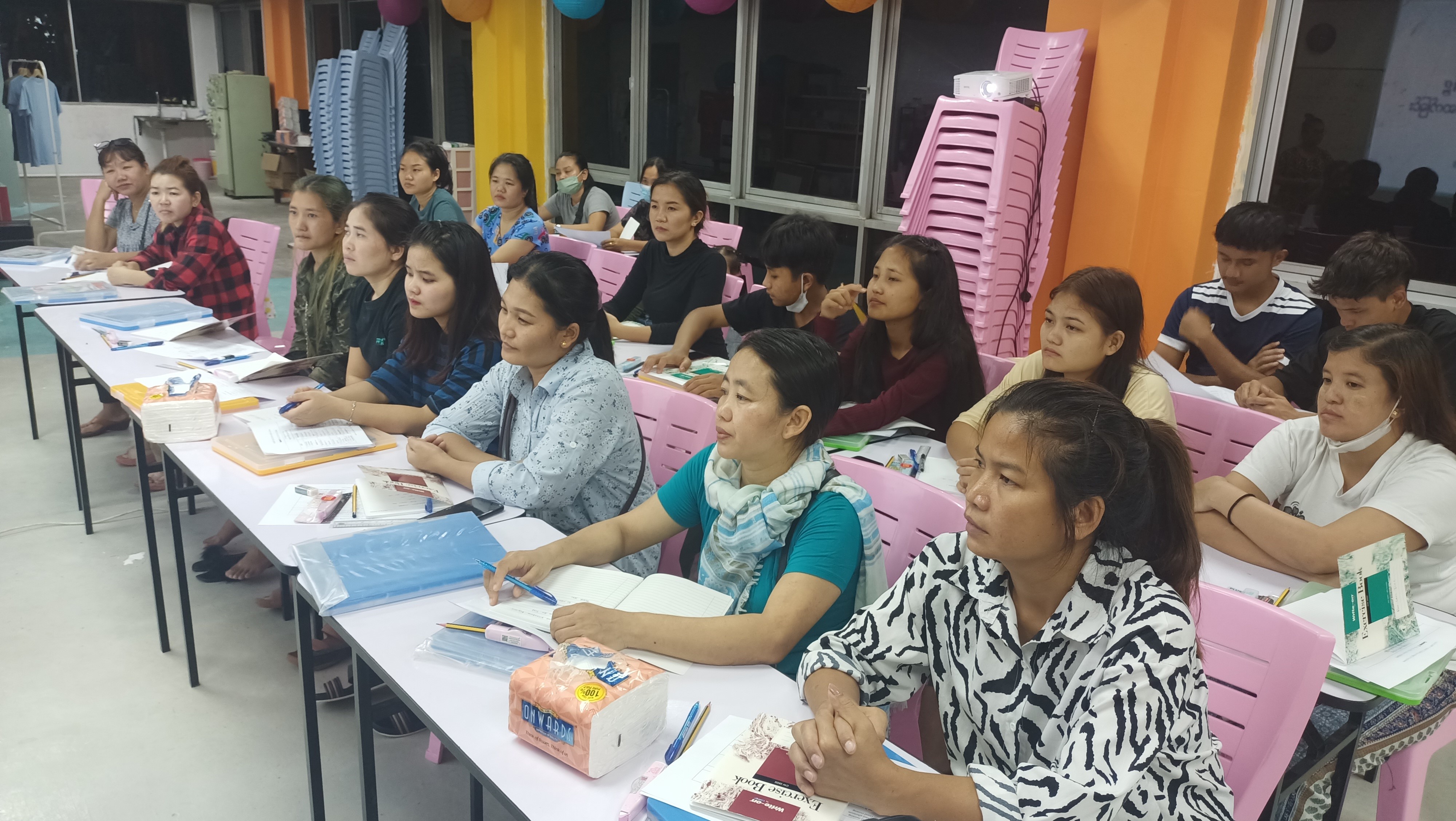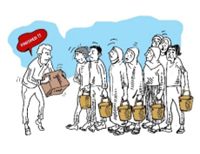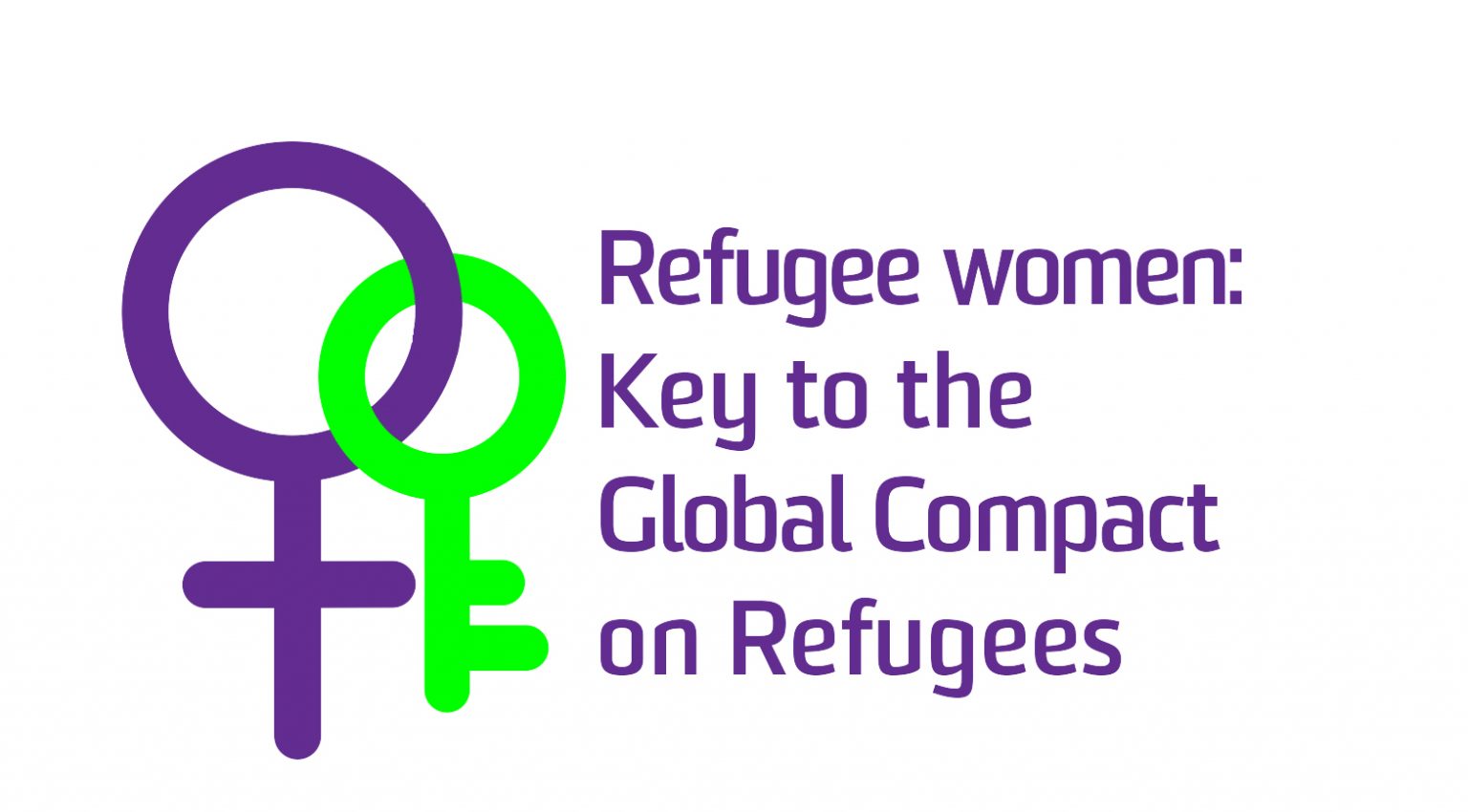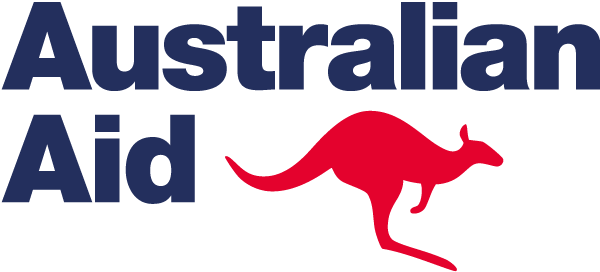Jump to section:

A. Training Notes
The difference between Humanitarian and Development Aid has and continues to be the source of debate in academic literature and in policy and practice. For some-time the so called humanitarian–development nexus has been cast as the solution to humanitarian concerns, new and protracted crises, and to manage complex war-to-peace transitions. More recently this has become known as the Triple-Nexus Approach, linking – humanitarian, development and peace approaches. How to apply these insights and approaches are explored in this module.
Aims
Given the long-term nature of so many refugee situations, the aim of the Module is to ensure that projects and programs are informed by human rights principles and respond to the developmental need of refugee communities, not only the immediate humanitarian response.
Suggested Timing for the Module
One hour to present the material, and one hour to do the exercises. If used in the field with refugee communities, it will take a full day.
Humanitarian and Development Aid – A useful definition
Humanitarian aid is distinct from development aid, which seeks to address underlying socioeconomic factors. Humanitarian aid is a rapid intervention designed to save lives, alleviate hardship, and get disaster victims back on their feet. Development aid is designed to help people to access human rights for individuals, families and communities, to transit out of poverty and build sustainable futures.

B. PowerPoint Slides
This PowerPoint presentation will take the group through the rationale for the module, and introduce the tools and exercises, including explanations of the differences between the two models, and the link to human rights. Do as many of the exercises as can be accommodated in the time available, preferably using real life examples. Please familiarise yourself with the background readings before presenting the slides.
C. Tools and Exercises – Humanitarian to HRBA Development Aid
Exercises which can be used when working with community groups and service provider networks, to gain their insights. Ideally the refugee-led organisation should be actively involved in these discussions as part of the approach.
A tool to assess the status of a proposal or existing program
A tool to assess projects at a practical level
D. Background Reading on Humanitarian and Development Aid
Please read these notes before running this training module. They provide information which informs the PowerPoint slides, and might help you answer questions from Participants.
They can also be given as Handouts.


